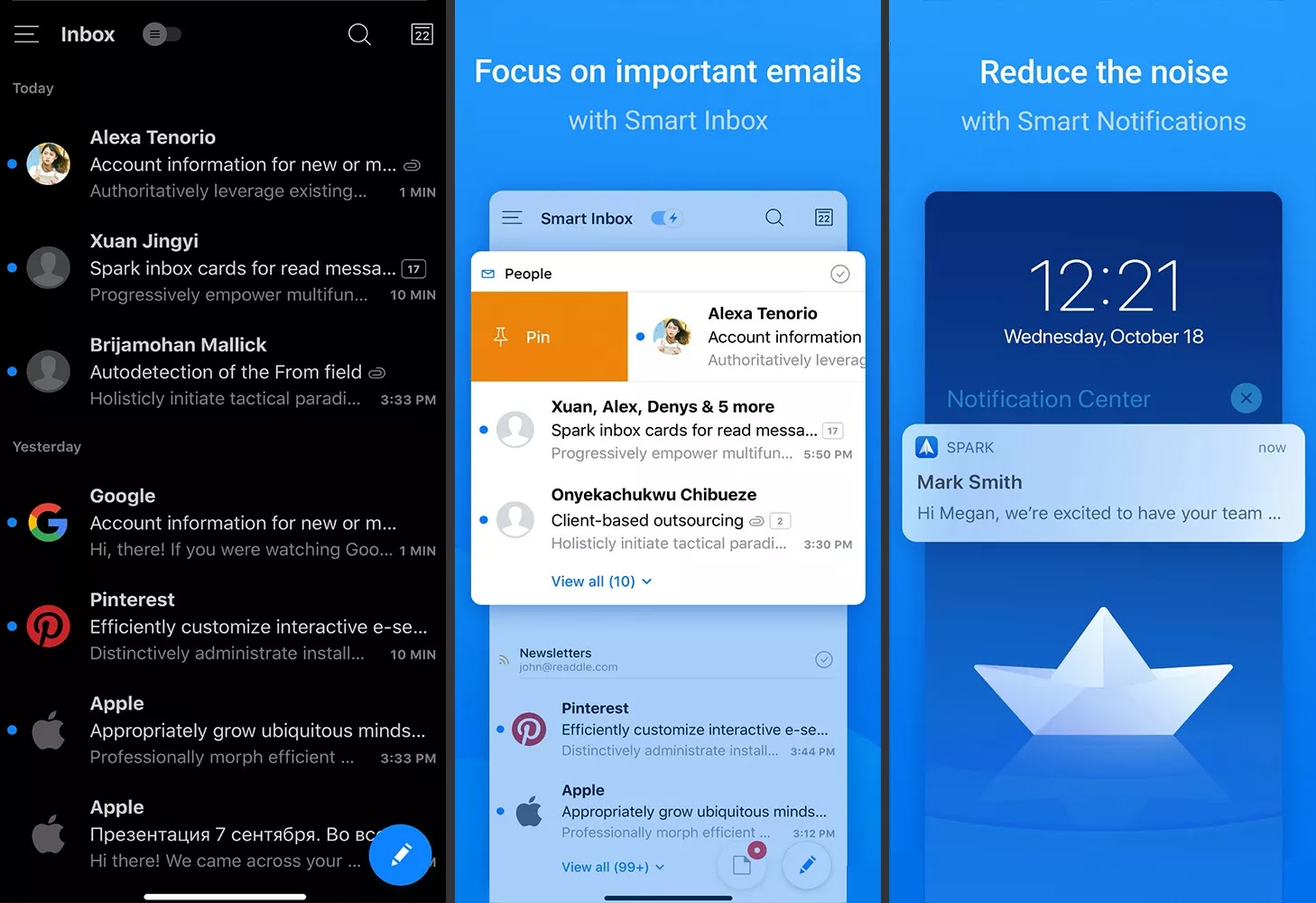Everything You Need to Know About Computer Hardware
Computer hardware refers to the physical components that make up a computer system.
There are many different types of hardware that can be installed inside a computer and connected to the outside of a computer.
Computer hardware is sometimes abbreviated as computer HW.
Computer Hardware List
Here are some common individual computer hardware components you'll often find in a modern computer. These parts are almost always inside the computer case, so you won't see them unless you open the computer:
Motherboard
Central Processing Unit (CPU)
Power Supply Unit (PSU)
Video card
Solid State Drive (SSD)
Optical drive (for example, BD/DVD/CD drive)
Card reader (SD/SDHC, CF, etc.)
Common hardware you might find outside of a computer, though many tablets, laptops, and netbooks incorporate some of these items into their chassis:
Monitor
keyboard
Mouse
Uninterruptible Power Supply (UPS)
Printing machine
speaker
Pen tablet
Less common individual computer hardware devices, either because these parts are now usually built into other devices or because they have been superseded by newer technology:
Sound card
Network interface card (NIC)
Expansion card (FireWire, USB, etc.)
Hard drive controller card
Analog modem
Scanner
Projector
Floppy disk drive
Joystick
Webcam
Microphone
Tape drive
Zip drive
The following hardware is known as networking hardware, and various parts are often part of a home or business network:
Digital modem (for example, cable modem, DSL modem, etc.)
Routers
Network switch
Access point
Amplifier
Bridge
Print servers
Firewall
Network hardware is not as well defined as other types of computer hardware. For example, many home routers often act as a combination router, switch, and firewall.
In addition to all of the items listed above, there is other computer hardware called auxiliary hardware that a computer can have zero or more types of types of:
Fans (CPU, GPU, case, etc.)
Heat sink
Data cable
Power cable
CMOS battery
Daughterboard
Some of the devices listed above are known as peripherals. A peripheral device is a piece of hardware (either internal or external) that is not actually involved in the main function of the computer. Examples include a monitor, graphics card, disk drive, and mouse.
Troubleshooting Faulty Computer Hardware
Computer hardware components individually heat up and cool down as they are used and then not used, which means each one will eventually fail. Some may even fail at the same time.
Fortunately, at least on desktops and some laptops and tablets, you can replace nonworking hardware without having to replace the computer or rebuild it from scratch.
Device administrator
In Microsoft Windows, hardware resources are managed by Device Manager. A "faulty" piece of computer hardware may really just need a device driver installation or update, or the device may need to be activated in Device Manager.
Hardware devices will not work at all if the device is disabled, or may not work properly if the wrong driver is installed.
Hardware versus Software
A computer system is not complete unless there is also software that differs from the hardware. Software is electronically stored data, such as an operating system or video editing tool, that runs on hardware.
Hardware gets its name due to the fact that it is strict when it comes to changes, while software is more flexible (meaning you can easily update or change software).
Firmware is also closely related to hardware and software. Firmware is used to connect the two so that a software program knows how to interact with a piece of hardware.



Comments
Post a Comment